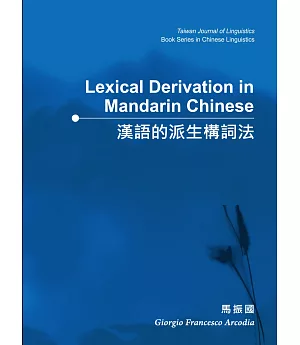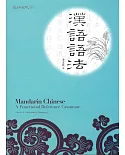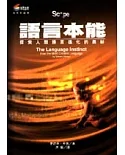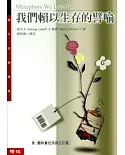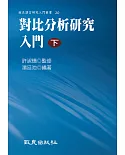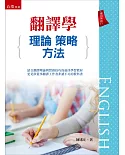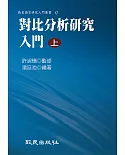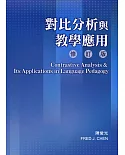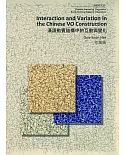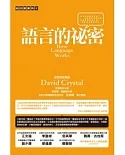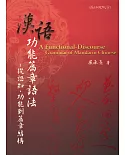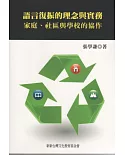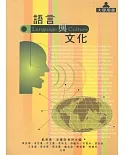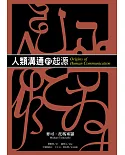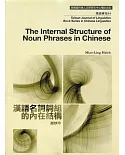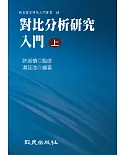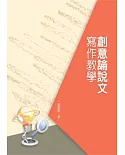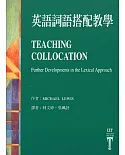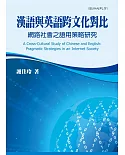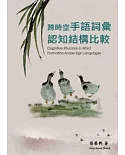In the Chinese language, morphologically complex words have been attested since the remote past of the language, including both stem-modifying processes and agglutination of morphemes,
mostly lexical and free in the classical language (see Baxter & Sagart 1998). Chinese word-formation has received much attention in the literature in recent times, but most descriptions
and theoretical work on the topicare focussed on compounding (see e.g. Packard 1998, 2000, Lin 2001, Ceccagno & Basciano 2009a-b), and it is still a matter of debate whether compounding
and derivation are two distinct phenomena in Modern Mandarin Chinese (see, among others, Pan, Ye & Han 2004).
In this monograph we intend to analyse Chinese word formation patterns which may be candidate to derivational status, according to the definition of such process of word formation which we
find in the morphological literature (as e.g. Beard 1998, Naumann & Vogel 2000, Olsen 2000): they are patterns such as X—學 ‘the study of X’ (心理學xinlixue ‘psychology’) or X—性 'the property
of (being) X’( 重要性 zhongyaoxing ‘importance’). The characteristics of the morphemes around which those patterns are built which sets them close to derivational affixes are that they appear in
a fixed position, seem to form new words productively and convey a different, “emptier” meaning than that of the corresponding lexical morph (see Ma 1995). The apparent phonological (and,
needless to say, orthographical) identity between a “would-be affix” and its lexical counterpart (as, say, 學 used as a verb, ‘to study’) is not surprising, since grammaticalization without
alteration in the sound shape of a morph is a characteristic feature of languages belonging to the East and South-East Asian area (Bisang 1996, 2004). Therefore, the notion of “affixoid”,
coined to describe word formation elements in European languages which are bound but phonologically identical to a free form in the language (such as Dutch boer, meaning ‘farmer’ as a word
and ‘dealer’ when used as a bound form), proves to be unnecessary for Chinese.

